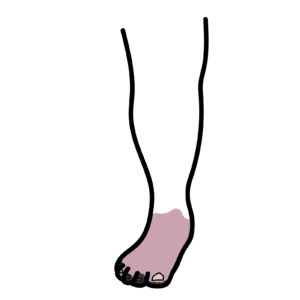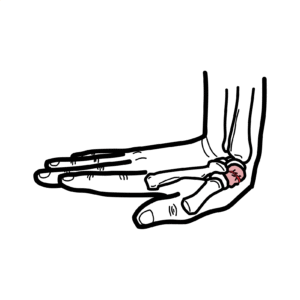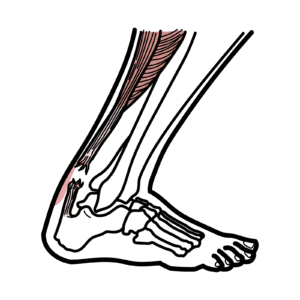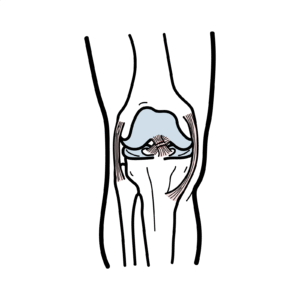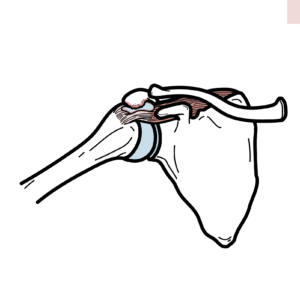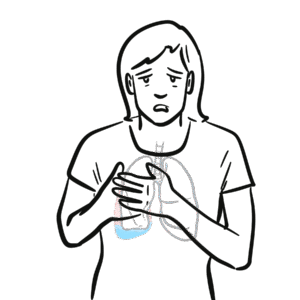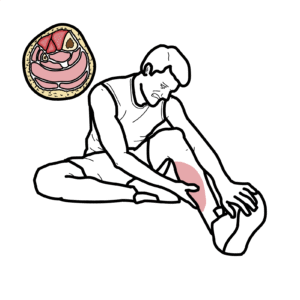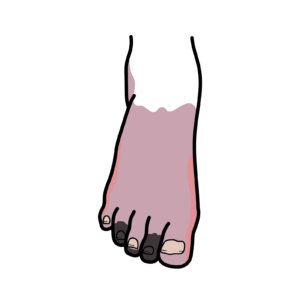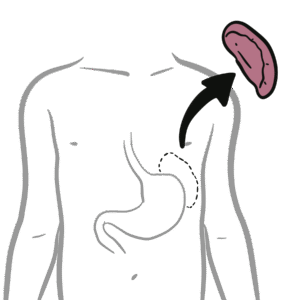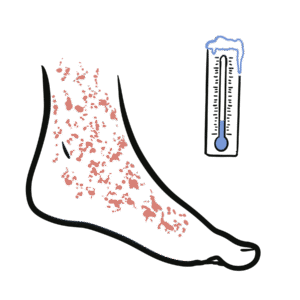Hyperparathyroidism – types, causes, pathophysiology, treatment
Learn how hyperparathyroidism causes high parathyroid hormone and disrupts calcium-phosphate balance—covering primary, secondary, and tertiary types. This clear, concise explainer dives into PTH physiology, showing how the gland responds to low calcium and high phosphate, and how PTH acts on bone, kidney, and vitamin D activation to raise serum calcium and lower phosphate.
You’ll learn to recognize the differences between primary hyperparathyroidism—most often due to a parathyroid adenoma causing hypercalcemia and hypercalciuria—and secondary hyperparathyroidism driven by chronic kidney disease or vitamin D deficiency, which produces high PTH with normal/low calcium and high phosphate. The video explains pathophysiology step-by-step: PTH-stimulated bone resorption, renal calcium reabsorption with phosphate wasting, and activation of 1-alpha-hydroxylase to produce calcitriol that increases gut absorption. It also covers how persistent secondary hyperparathyroidism can progress to tertiary disease, where hyperplastic glands become autonomous, producing high PTH, hypercalcemia, and continued hyperphosphatemia.
Key clinical benefits: quickly distinguish etiologies, understand lab patterns (PTH, calcium, phosphate, vitamin D), and grasp targeted treatments—parathyroidectomy for primary/tertiary disease, calcium mimetics when surgery isn’t possible, and management strategies for secondary disease including phosphate binders, low-phosphate diet, and ergocalciferol. Medical students, clinicians, and informed patients will gain practical insight into diagnosis, mechanisms, and therapeutic options. Watch to build a solid, actionable understanding of hyperparathyroidism and its impact on calcium-phosphate homeostasis—and learn when surgical versus medical management is appropriate.





